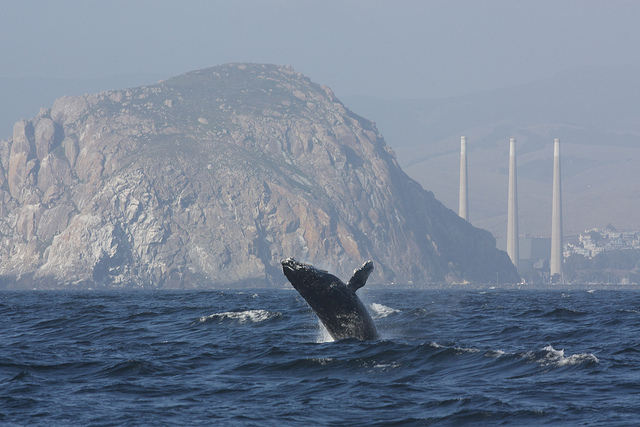Anoxia no longer suspected to be main cause of extinction
According to many scientists, our species is currently entering the sixth mass extinction — the one that we alone have caused. University of Ottawa professor André Desrochers re-examined the cause of the first major mass extinction (late Ordovician mass extinction) to hopefully gain insight into our current one.
Desrochers was a co-author in a recent study titled ‘Vertical decoupling in Late Ordovician anoxia due to reorganization of ocean circulation.’ The researcher sat down with the Fulcrum to discuss the multidisciplinary and international study published in 2021.
When was the Ordovician period? What type of life existed during this time?
Desrochers explained that the Ordovician period began 485 million years ago and was situated during the paleozoic era. Life at this time was strictly found in the shallow waters close to coastlines as a result aquatic species were solely found. The marine species were mainly invertebrates, similar to brachiopods, bryozoans, and corals.
The Ordovician extinction was the first of the major five, and began 445 million years ago “and saw the extinction of about 80 per cent of marine species,” added Desrochers.
What’s unique about this extinction is that it occurred over a slightly longer period compared to that of the dinosaurs (at the end of the Cretaceous) which occurred fairly rapidly (over a period of 100,000 years).
What were the research methods and findings?
To begin, Desrochers and his students have been working for the past 15 years to develop a high-resolution stratigraphic framework which aids researchers in understanding the sequence of events before, during and after a mass extinction.
Additionally, “we have a record of not only Anticosti, an island located at the entrance of the Gulf of St. Lawrence as well as another area located in Nevada. From that, geochemists measured the iodine-calcium ratio in limestone.”
“To track the amount of iodine in seawater you have to understand that that iodine will be incorporating limestone according to oxygen content. So by proxy you can measure indirectly, the amount of oxygen in seawater,” added Desrochers.
In summary, their team integrated stratigraphy, geochemical tracers with numerical simulation and computer modeling of the climate to then analyze their data.
Scientists have been able to identify a period of cooling during this time due to large glacial deposits and glaciation events from the geological records. In addition to ocean cooling, the location of continents during the Ordovician period differed greatly than it does today.
In fact, according to Desrochers, Anticosti was located near the equator at this time. Additionally, there were no continents located in the northern hemisphere, and lastly, there was a very large continent located in the center of the south pole at the time.
“So we had the perfect condition with cooling to build huge ice sheets and because these were very dynamic, the growth and the decay of these ice sheets was always causing a very dynamic environment causing changes in sea level cooling and warming events.”
He continued, “our question was, is it really anoxia (absence of oxygen in the ocean) the main cause of that mass extinction? Our results support no, it’s not, because the lack of oxygen cannot be responsible for the extinction. Our data show that shallow water where all biodiversity was located at the time was well oxygenated.”
What can be inferred from the data is that the abrupt cooling combined with other factors were more likely responsible for the late Ordovician mass extinction, rather than anoxia, which only occurred in the deep ocean (which did not contain any living organisms).
Why did scientists believe the Ordovician extinction was caused by anoxic events?
It is Desrochers’ understanding that “there are good supported conclusions about the link between mass extinction and anoxia. Generally, periods of warming and anoxia are linked together, you know, that occur always during a period of very volcanic activity.”
As volcanoes erupt they emit large quantities of carbon dioxide gas into the atmosphere, which would result in the creation of general warming. Eventually, this would cause ocean stratification which is the division of the water column into layers with different densities caused by differences in temperature or salinity. The limited vertical mixing of the water column restricts the supply of oxygen from surface waters to bottom waters, leading to anoxic events.
He continued, “so it was fairly reasonable to think that maybe anoxia was the cause of the late Ordovician mass extinction, like the one at the end of the Permian, like the one at the end of the Triassic.”
How does this relate to the current mass extinction?
According to Desrochers, “the importance of studying and understanding the condition that led to the loss of the majority of species in the past could help prevent a similar event from happening again by knowing what happened.”
Unfortunately, “modern biodiversity is decreasing, you know, not necessarily the extinction rate, but certainly the animal population,” added Desrochers.
In the future, Desrochers is looking forward to identifying new species that have been described during the Ordovician period in addition to continuing his research involving the first mass extinction. To learn more about Desrochers and his research visit his page here.





